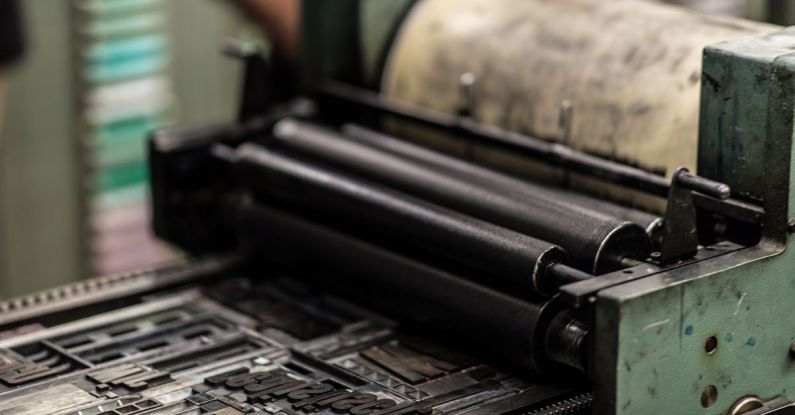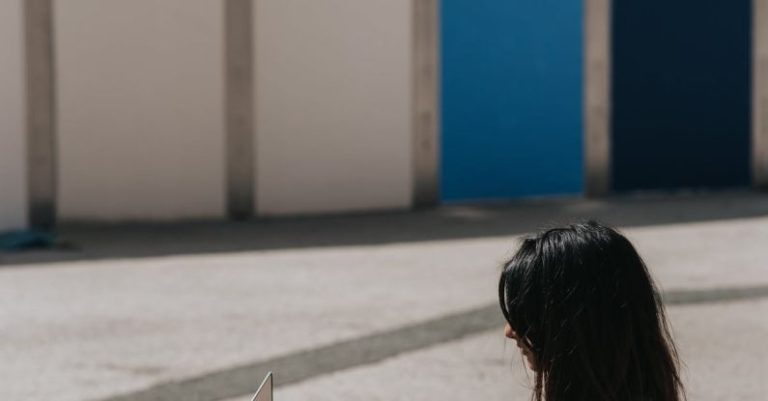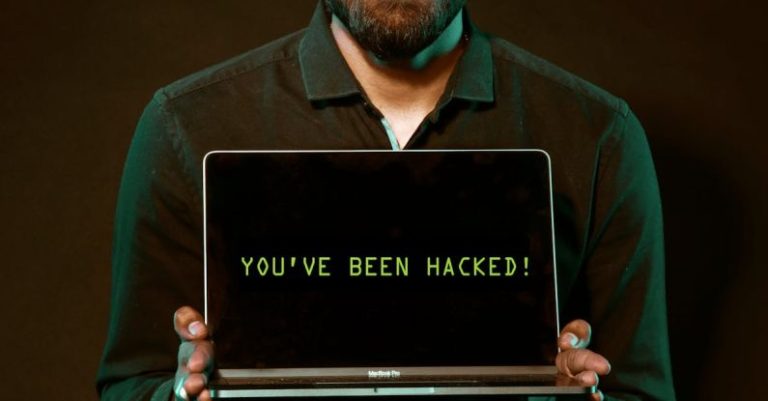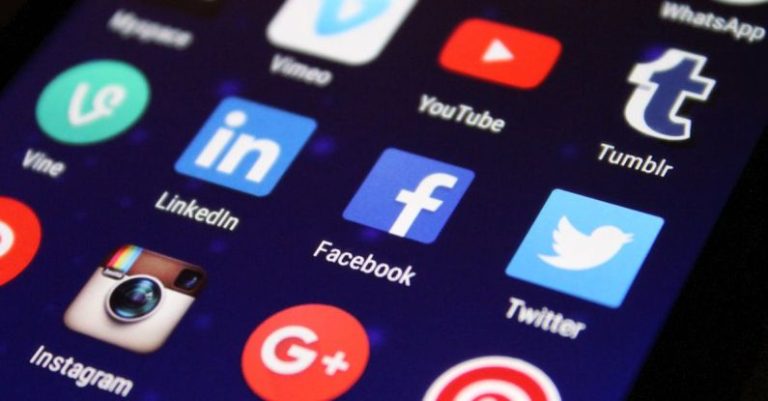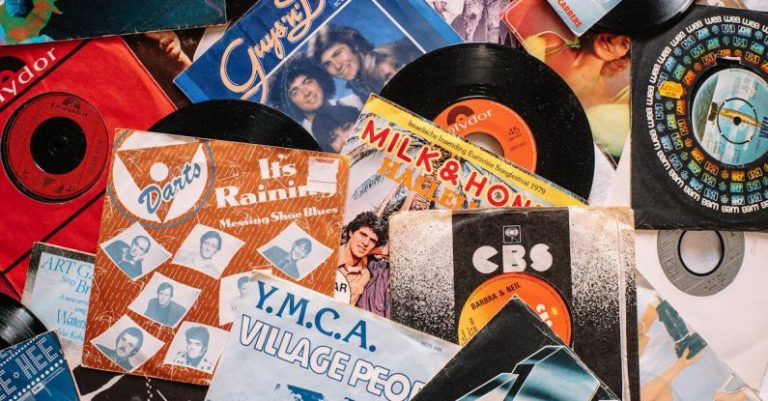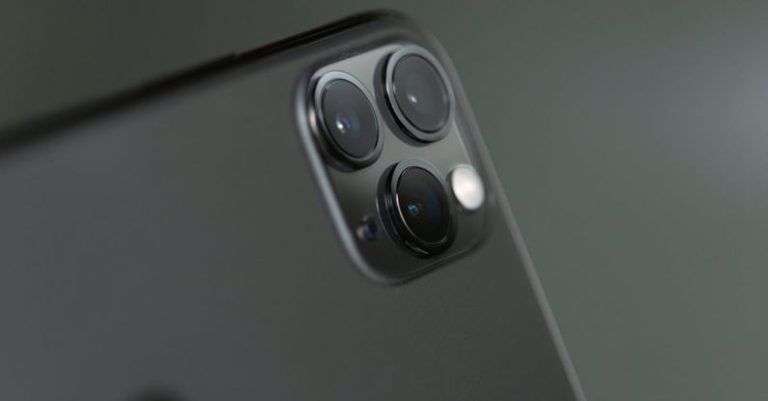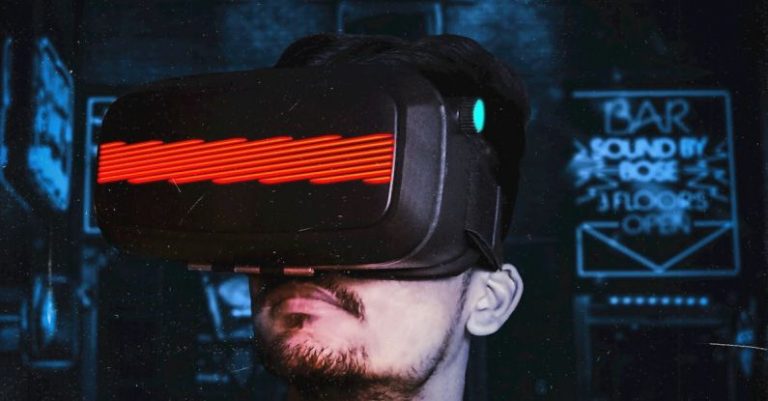3d Printing: How to Get Started
3D printing has revolutionized the way we create objects, allowing individuals to bring their ideas to life in a tangible form. Whether you are a hobbyist, a designer, or an entrepreneur, diving into the world of 3D printing can be an exciting and rewarding experience. If you’re ready to take the plunge and explore this innovative technology, here is a guide to help you get started.
Choosing the Right 3D Printer
The first step in your 3D printing journey is selecting the right 3D printer for your needs. With a variety of options available on the market, it’s essential to consider factors such as print quality, build volume, and price. Entry-level printers like the Creality Ender 3 or the Anycubic i3 Mega are great choices for beginners looking to get their feet wet without breaking the bank. For those with a larger budget and more demanding requirements, printers like the Prusa i3 MK3S or the Ultimaker S5 offer higher precision and advanced features.
Getting Familiar with 3D Modeling Software
Once you have your 3D printer in hand, the next step is to create or download 3D models to print. To do this, you will need to become familiar with 3D modeling software. Popular options like Tinkercad, Fusion 360, and Blender offer a range of tools for designing your own models from scratch. If you’re new to 3D modeling, online tutorials and courses can help you get up to speed quickly. Alternatively, websites like Thingiverse and MyMiniFactory provide a vast library of ready-made models that you can download and print.
Understanding Filaments and Materials
Choosing the right filament is crucial to the success of your 3D prints. Filaments come in various types, including PLA, ABS, PETG, and TPU, each with its own unique properties and applications. PLA is a popular choice for beginners due to its ease of use and low cost, while ABS offers greater strength and durability. PETG is known for its flexibility and weather resistance, making it suitable for functional prints. TPU, on the other hand, is a flexible filament ideal for creating items like phone cases and shoe soles.
Calibrating Your 3D Printer
Before you start printing, it’s essential to calibrate your 3D printer to ensure optimal performance. Calibration involves adjusting settings such as the bed leveling, extruder temperature, and print speed to achieve precise and reliable prints. Most 3D printers come with built-in calibration tools and guides to help you through the process. Regular maintenance, such as cleaning the print bed and lubricating moving parts, is also essential to keep your printer running smoothly.
Experimenting and Troubleshooting
As you gain experience with 3D printing, don’t be afraid to experiment with different settings, filaments, and techniques to achieve the results you desire. It’s common to encounter challenges such as warping, stringing, or layer adhesion, but with patience and perseverance, you can overcome these obstacles. Online forums, social media groups, and YouTube channels are valuable resources for troubleshooting tips and advice from the 3D printing community.
Expanding Your Skills and Projects
Once you have mastered the basics of 3D printing, the possibilities are endless. Whether you want to create prototypes for a business venture, personalized gifts for friends and family, or custom accessories for your hobbies, 3D printing offers a world of creative opportunities. Continue to refine your skills, explore new techniques, and push the boundaries of what is possible with this exciting technology.
In Conclusion
Getting started with 3D printing may seem daunting at first, but with the right tools and resources, you can unleash your creativity and bring your ideas to life in ways you never thought possible. By choosing the right printer, mastering 3D modeling software, understanding filaments, calibrating your machine, and embracing experimentation, you can embark on a rewarding journey into the world of 3D printing. So, what are you waiting for? Dive in and start creating!
